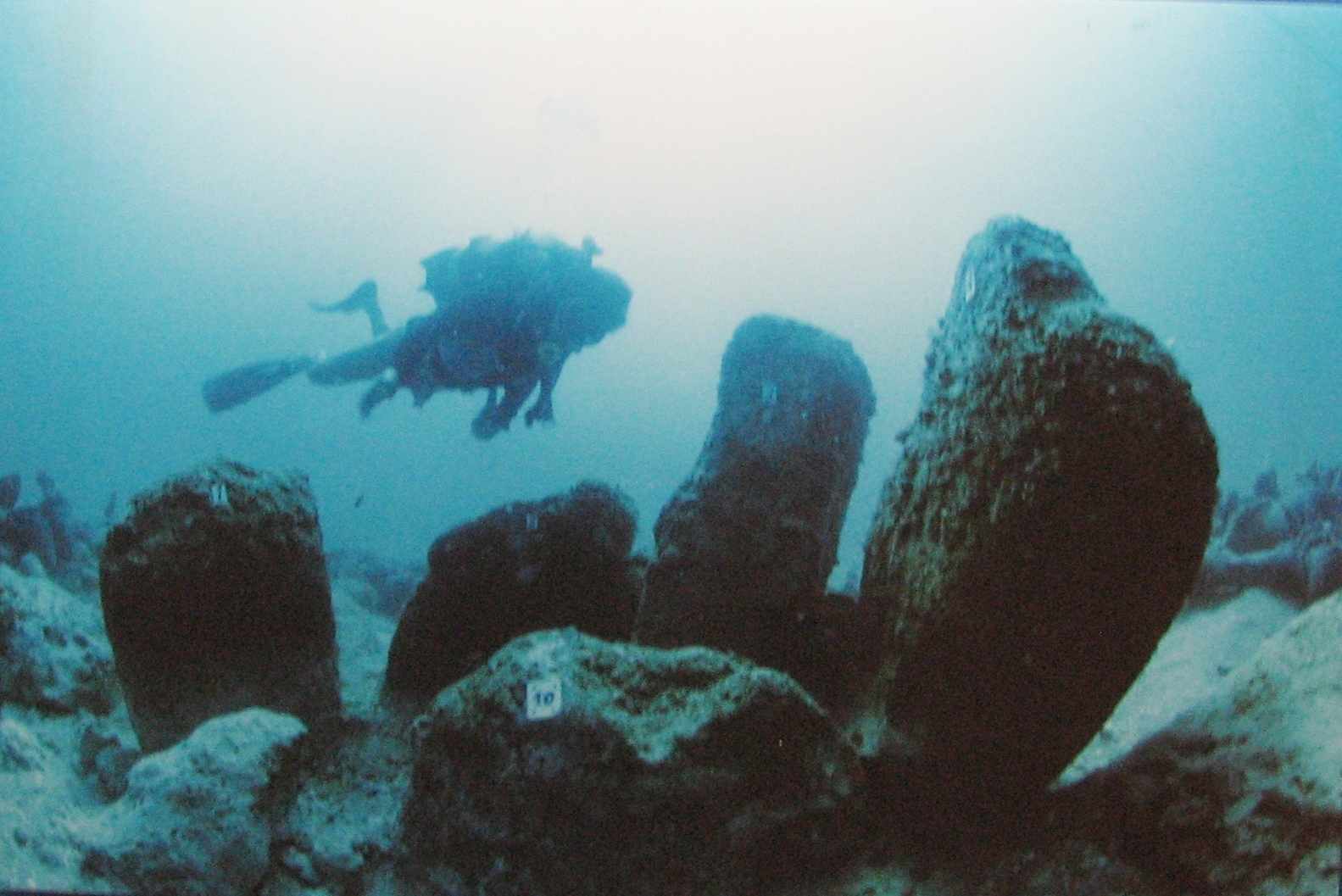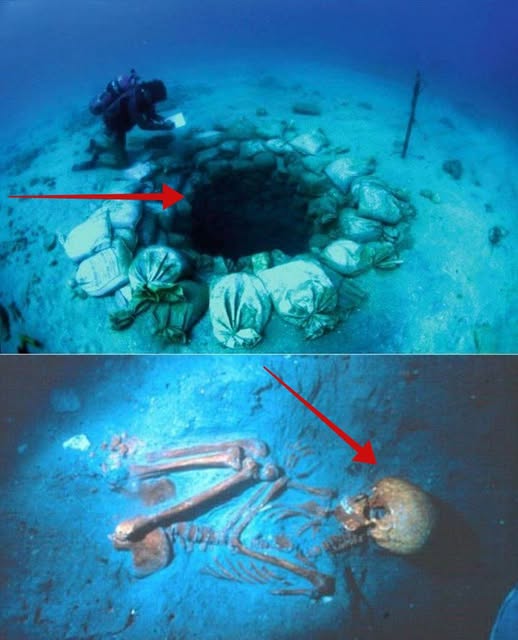Atlit Yam

Atlit Yam is a prehistoric underwater archaeological site located off the coast of Atlit in northern Israel, near the modern city of Haifa. This ancient village dates back to the Neolithic period, around 6900 to 6300 BCE, making it over 8,000 years old. The site was discovered in 1984 and lies submerged about 10 meters below the current sea level. It is remarkably well-preserved and spans an area of approximately 40,000 square meters.

Archaeologists have uncovered stone-built houses, hearths, storage pits, wells, and even graves at Atlit Yam. One of the most fascinating finds is a stone circle composed of seven megaliths surrounding a freshwater spring, which may have served ritual or religious purposes. Skeletons found at the site—such as those of a woman and child buried together—have provided important clues about ancient health, diet, and burial practices. Evidence of domesticated animals, cultivated plants, and fishing tools suggests that the inhabitants had a mixed economy of farming, fishing, and gathering.

Atlit Yam is not only significant for its insights into Neolithic life but also as a case study of ancient climate change. The village was likely abandoned due to a sudden rise in sea levels, possibly caused by a tsunami or melting glaciers. Today, it remains an extraordinary underwater time capsule of human history.












